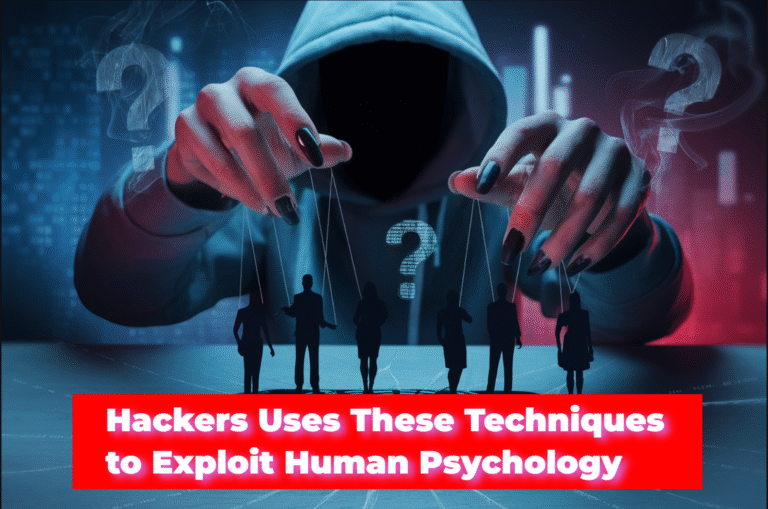With the hybrid work model, there are the benefits that come with remote work, such as lower overhead for employers and more flexibility for employees. There is also the chance to come together in person in a more traditional sense when it’s needed.
With that being said, movement to a primarily hybrid workplace does come with some challenges. Many of these hurdles relate to IT departments and cybersecurity.
The following are some things to know about security considerations that present themselves in a hybrid work model.
Read Also: 6 Best Ways To Improve Your Security Strategy
Table of Contents
General Effects of Remote Work on Cybersecurity
Since the pandemic, with the increased frequency of remote work, there have been effects on cybersecurity, including:
- Around 36% of recently surveyed employees reported picking up bad security habits and security workarounds since they began working remotely.
- Thirty-nine percent said their cybersecurity behaviors are different than what they practice when they’re in the office. Half of these workers said in the office their security behaviors are different because they feel like IT departments are watching them.
- Over ¼ of employees said they’d made cybersecurity mistakes while working from home, and 27% said they didn’t report them.
At the start of the pandemic, the FBI was reporting up to 4,000 new cybersecurity incidents and complaints a day, which was a 400% increase.
If your company has already adopted a hybrid work model or is planning to, you will need to make sure that you’re appropriately managing your infrastructure and providing your employees with the tools they need to both do their jobs effectively and keep data safe.
Read Also: Is Your Business Ready For Remote Workforce?
Managing Employee Devices
One big consideration in a hybrid work model or any model where employees are using their own devices for work is how secure those are. If your employees aren’t doing the work to secure their devices, then it’s going to potentially put the entire network at risk.
The same survey highlighted above found that more than half of employees had connected work devices to public networks, for example.
There was also a study of thousands of workers published by AT&T recently that found more than half of responding employees said they’d used their work devices for personal tasks, and more than a third said they’d connected them to a smart home device.
If you were to bring those devices into your company network, it could be disastrous.
One option is to have employees’ personal devices logged into what’s sometimes referred to as a quarantine network. This means that the devices of users would connect to a separate system, and then security staff would verify they are malware-free and patched.
Read Also: How To Keep Your Devices Protected With Virtual Offices Increasing?
The Zero-Trust Model
Another cybersecurity concept that could grow increasingly pivotal in a hybrid work world is the zero-trust model.
To fully understand this model, you first have to think about how network security was previously managed. The idea was to create a perimeter around the company network, keeping invaders out with solutions like a firewall.
However, since employees are working from home in a hybrid work model, at least sometimes, there are vulnerabilities. Employees aren’t as vigilant as they are in the office, which they admit themselves.
Traditional security focuses primarily on keeping hackers out, but if they do get in, they can run wild within a network if you use a traditional firewall model.
Zero trust goes beyond this and even beyond using multi factor authentication.
There are checks constantly running in the background to determine when a user can access specific data and files. There’s no assumption that because they’re in the network, they can inherently move freely.
The underlying assumption of a zero-trust model is that there are hackers in the network, and the goal is to reduce the damage they can inflict. Many of the processes that are part of a zero trust model are automated, so less of the burden is on the shoulders of your employees.
The good thing about a hybrid work model is that it’s going to force companies to be more proactive and aware when it comes to cybersecurity. Much like the pandemic forced employers’ hand by offering flexibility in work environments, it’s similarly going to force their hand as far as modernizing their cybersecurity practices and tools.
That’s going to strengthen them and safeguard against threats that could otherwise be catastrophic to a business or organization.









